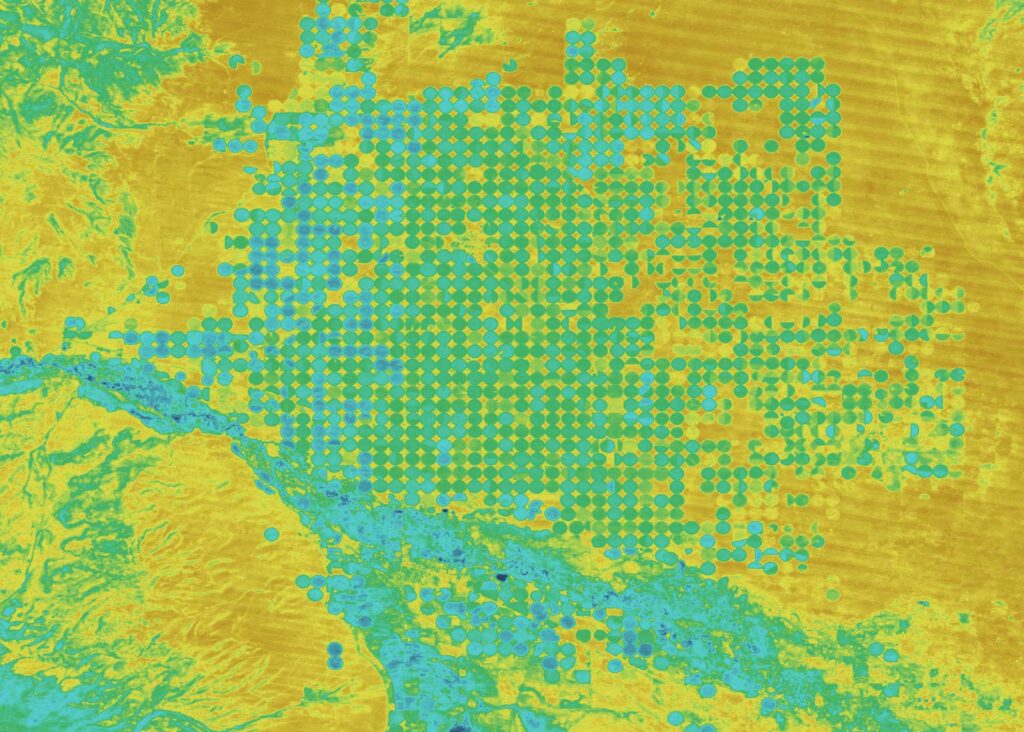OpenET Announces Sara Larsen as New Chief Executive Officer

FOR IMMEDIATE RELEASE Media Contact: Jonathan Seefeldt, EDF, (512) 691-3414, jseefeldt@edf.org Experienced Water Resources Leader to Spearhead Expanding Nonprofit Water Data Platform (Las Vegas, NV – Nov 18, 2024) OpenET, a non-profit initiative dedicated to providing easily accessible satellite-based data for improved water management, is pleased to announce the appointment of Sara Larsen as its new […]
Testimonials
Arizona “The changing climate is dramatically increasing wildfire risks across the West, which also threatens our already shrinking water supplies. OpenET is giving Salt River Project a unique opportunity to learn more about how forest thinning projects that reduce wildfire risk also improve watershed health in the short and long term.”—Elvy Barton, Forest Health Management […]
Consortium Launches New Online Water Data Platform to Transform Water Management in the Western United States as Droughts Intensify
FOR IMMEDIATE RELEASE Media Contact: Jonathan Seefeldt, EDF, (512) 691-3414, jseefeldt@edf.org OpenET makes satellite-based data widely accessible to help 17 states develop more resilient water supplies (SACRAMENTO, CA — October 21, 2021) OpenET, a new online platform that uses satellites to estimate water consumed by crops and other plants, launched today, making critical data for water management […]
EDF, NASA, DRI and Google Announce Web Application to Transform Water Management in the Western United States
FOR IMMEDIATE RELEASE Media Contact: Jonathan Seefeldt, EDF, (512) 691-3414, jseefeldt@edf.org OpenET will provide easily accessible satellite-based water data to help build a resilient future for agriculture. (SACRAMENTO, CA — Sept. 15, 2020) Environmental Defense Fund (EDF), NASA, the Desert Research Institute (DRI) and Google announced plans today to develop a new web application called OpenET […]